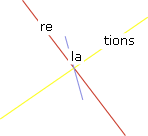|
|
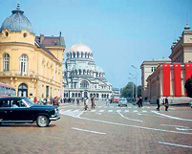
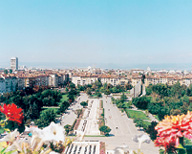
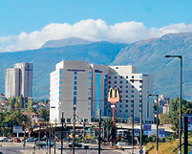
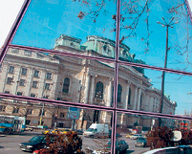
|
Editors Katrin Klingan and Ines Kappert Editorial Board Marius Babias, curator and art critic, Berlin Mathias Greffrath, sociologist and author, Berlin Georg Schöllhammer, curator and art critic, Vienna
Contributions by
Details
Release date
Publication Partners
|
How to envisage and reflect on the present? This question is the leitmotiv running through our book. At the same time though, the title specifies the precondition for an answer: all of the contributing artists and authors leap into the city, daring to venture into their own or a strange city. They set themselves adrift there and take positions in the here and now. It’s about creating and cultivating texts and images that make it easier to shift views; that enable the known and the unknown to be grasped beyond the spectacular or the exotic. This is how new perspectives are opened up. Taking part in or, perhaps more accurately, witnessing the times is for this reason the starting point of each contribution. Leap into the City does not provide portraits of the cities; likewise, eastern Europe is not presented here through a selection of its capitals. Instead, the book seeks to capture a particular movement. For the last three years our work for "relations" has involved us in a constant exchange of ideas with artists and cultural actors in Chişinău, Ljubljana, Pristina, Sarajevo, Sofia, Warsaw, and Zagreb. A project initiated by the German Federal Cultural Foundation, since 2002 "relations" has supported art and culture projects in the aforementioned cities and linked the respective local contexts to international debates (www.projekt-relations.de). In the firm conviction that art and culture form the vital center of any society, in the last few years we have undertaken many journeys to meet artists and theoreticians on their local terrain and ask the following questions: what is the major contemporary issue in the city? What do you regard as being especially relevant? Which vision and which criticism needs to be brought to the attention of a broader public? What can art accomplish here? Leap into the City picks up these issues and themes and frames them. For each of the chapters devoted to a city we invited artists and photographers to produce works especially for this publication. At the same time, we talked to writers, curators, journalists, economists, and sociologists. Many of them also subsequently embarked on journeys, for the confrontation between insider perspectives and views from the outside is one of our pivotal concerns. How does a visitor perceive Sofia differently than a Sofia resident? What do the differences tell us? Bit by bit we compiled – supported by our advisors Marius Babias, Mathias Greffrath, and Georg Schöllhammer – extensive material from diverse areas. In this way a reader evolved that assembles original artistic works next to essays, reportages, photo galleries, discussions, and analysis. Chapter for chapter they give an insight into the cities and their current debates. Chişinău, the capital of Moldova: what does it mean to reluctantly perform critical cultural work in a political and cultural no man’s land? Which language is used to express rage, sarcasm, or an unflappable self-irony? Sofia: a city is making itself fit for Europe and radically changing its appearance. Who are its new owners, and which new visual surfaces and codes are they bringing with them? Kosovo and its capital, Pristina, are marked by uncertainty with regard to their status. Will the vision of independence become reality in 2006? What consequences does freezing a society as a protectorate of the United Nations have for the everyday lives of its people? Sarajevo, ten years after the war: what does it mean today to pose questions here about the prevailing politics of memory? Which strategies of remembrance are being pursued? Which ones are not? Zagreb: intellectuals and artists are once more unfurling the history of their networks: the collective is enjoying a new lease of life as a response to a new situation oscillating between nationalism and capitalism. Warsaw, Poland’s booming capital: the critique of neo-liberalism is becoming more pointed and participation in Europe a matter of course. Ljubljana: Ljubljanians have always seen international networking and an unusually lively art and culture scene as being part of their city’s identity. Intellectuals and artists are fighting to maintain this openness in the face of a changing political and economic situation. What does internationality mean in Ljubljana today? These are only a few examples. Allow us to repeat: it’s about witnessing the times. It’s about creating distance in empathy. It’s about gaining some idea of how everyday life is led and structured, which visions open up perspectives, and what people are laughing and arguing about. Katrin Klingan and Ines Kappert, editors |
